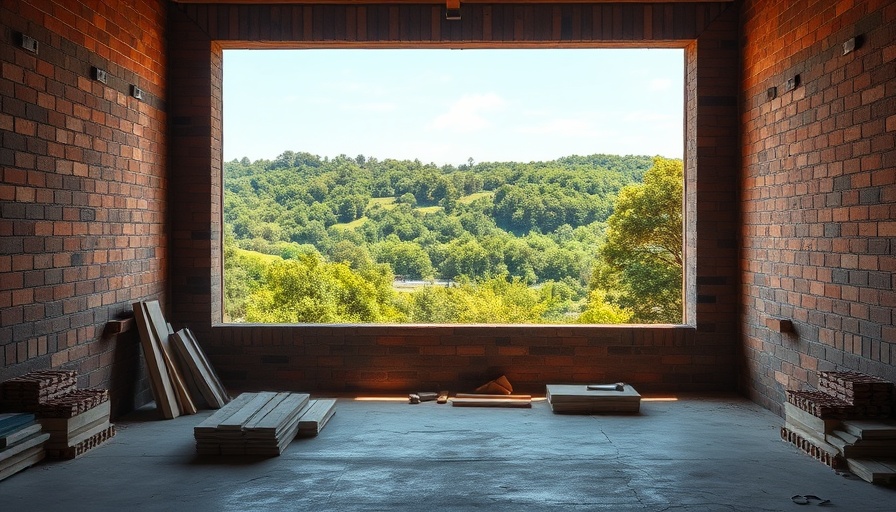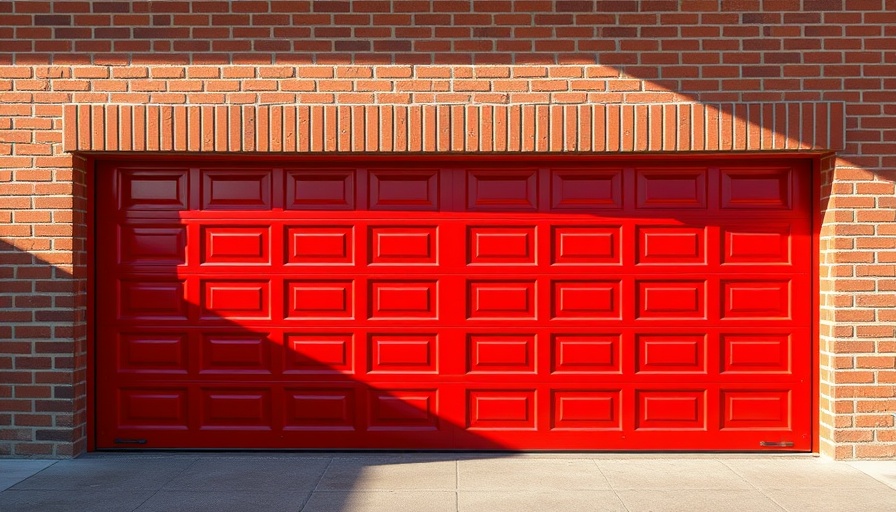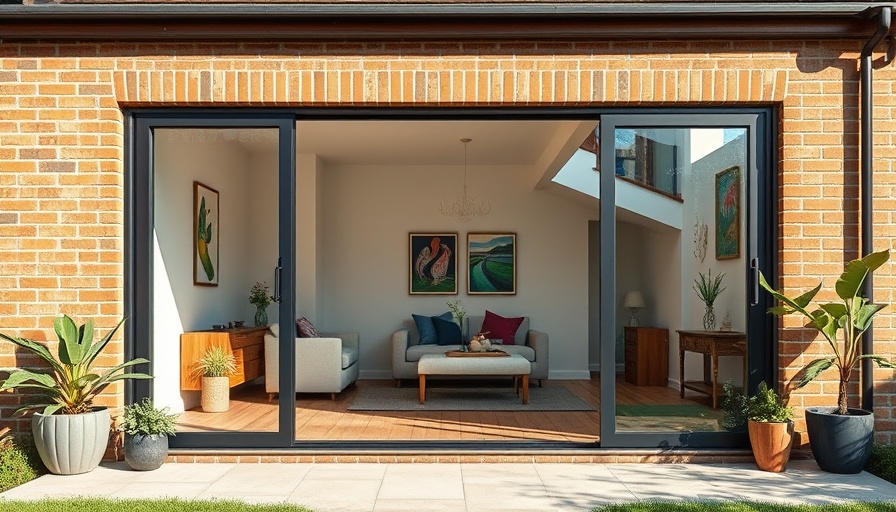
Building Safety Levy: A Timeline of Impact
The government’s decision to delay the implementation of the Building Safety Levy from autumn 2025 to autumn 2026 marks a significant shift in the landscape of home construction. This delay has been attributed largely to mounting pressure from industry groups, notably the Home Builders Federation (HBF), which has voiced concerns that the levy could stifle housing construction efforts during a crucial time for the market.
Why the Levy Matters for Homeowners
The Building Safety Levy aims to ensure that buildings are constructed and maintained to high safety standards, especially in the wake of the Grenfell Tower tragedy, which highlighted severe deficiencies in building regulations. For homeowners in Virginia considering renovations or expansions, understanding the levy’s implications is essential. Delays to such regulations can mean more time to prepare and adapt home improvement plans, but they also create uncertainty about future compliance costs that may affect home addition budgets.
Financial Implications of Home Improvements Following the Delay
As homeowners plan for projects such as room additions or garage conversions, the delay presents both challenges and opportunities. Home addition financing may be more accessible as contractors adjust to expect an increase in projects without the burden of immediate regulatory costs. This scenario could lead to increased ROI on additions like kitchen extensions, second-story additions, or in-law suites, as homeowners capitalize on potentially lower upfront costs.
Industry Perspectives on the Delay
Industry experts argue that while the delay provides temporary relief, it does not alleviate the urgent need for improving safety standards across the board. Concerns linger about how the market will respond if stringent safety measures are implemented later. Home addition contractors in Virginia might see a boom in demand as homeowners rush to make improvements before any new regulations come into effect. Understanding the difference between affordable home additions and luxury home additions becomes increasingly crucial as homeowners evaluate how to invest wisely in their properties.
Practical Insights for Homeowners
For those considering a home expansion, planning ahead can mitigate future issues. Researching home addition ideas and costs before the levy is implemented may provide cost-saving advantages. Homeowners should familiarize themselves with home addition permits and zoning laws, ensuring compliance and maximizing the potential of their property. Engaging local contractors to discuss options for projects like a mudroom addition or family room expansion can drive home value.
Conclusion: Taking Charge of Your Home Addition Plans
As uncertainty looms regarding the future of the Building Safety Levy, homeowners are left with more control over their immediate home improvement plans. By strategically timing their projects and utilizing available resources, homeowners can enhance their living spaces while navigating future regulations. Those looking to expand their homes should consult with local home addition contractors to explore the various ways to create the ideal space.
 Add Row
Add Row  Add Element
Add Element 


 Add Row
Add Row  Add
Add 

Write A Comment